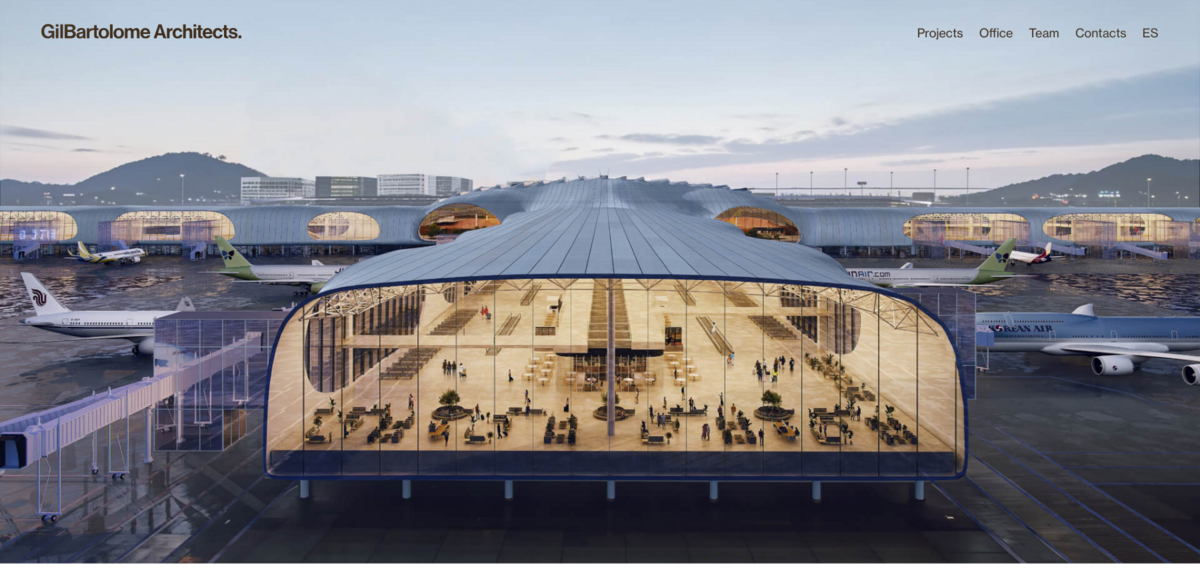Exploring Iconic Architectural Projects Around the Globe
From the bustling streets of Madrid to the serene cliffs of Salobreña, a diverse range of architectural marvels shape the urban and cultural landscapes worldwide. These projects span residential homes, transport hubs, cultural institutions, and even sports stadiums, each with its own unique story and purpose. Whether it’s the House in La Moraleja I nestled in Madrid, Spain, or the expansive Lahore Airport Expansion in Pakistan, these designs are more than just structures—they’re reflections of their environments and communities.
Main Benefits and Key Highlights of These Projects
Each project brings distinct advantages and impressive facts to the table:
- House in La Moraleja I (Madrid, Spain): A residential masterpiece blending modern living with comfort.
- Silvio Pettirossi Airport Transports (Asunción, Paraguay): Enhances connectivity and passenger experience.
- Dos Hermanas Train Station Transports (Sevilla, Spain): A vital transport hub improving regional mobility.
- National Digital Heritage Museum (Sejong, South Korea): Preserves cultural heritage through digital innovation.
- Lahore Airport Expansion (Lahore, Pakistan): Expands capacity at Allama Iqbal Airport to meet growing demand.
- Cyprus Archaeological Museum (Nicosia, Cyprus): Showcases rich archaeological treasures in a modern setting.
- The House on the Cliff (Salobreña, Spain): A stunning residential project perched dramatically on a cliffside.
- Tenerife Sur Airport (Tenerife, Spain): Supports tourism and regional transport needs.
- General Hospital (La Coruña, Spain): Provides essential healthcare infrastructure.
- Camp Nou Barcelona Stadium (Barcelona, Spain): An iconic sports venue with a legendary status.
Residential Projects That Redefine Living Spaces
Residential designs like the House in La Moraleja I and The House on the Cliff offer more than just shelter. They’re about lifestyle, comfort, and a connection to nature or urban surroundings. The La Moraleja house in Madrid embodies modern elegance, while the cliffside home in Salobreña invites residents to experience breathtaking views and a unique relationship with the landscape. These homes aren’t just buildings—they’re personal sanctuaries crafted with care.
Transport Hubs Enhancing Connectivity and Mobility
Transport projects such as the Silvio Pettirossi Airport in Paraguay, Dos Hermanas Train Station in Sevilla, and the Tenerife Sur Airport play crucial roles in connecting people and places. They’re designed to handle increasing passenger flows efficiently while offering comfort and safety. The expansion of Lahore’s Allama Iqbal Airport is a prime example of adapting infrastructure to meet rising demand, boosting economic growth and accessibility.
Cultural and Public Spaces Preserving Heritage and Serving Communities
Cultural landmarks like the National Digital Heritage Museum in South Korea and the Cyprus Archaeological Museum in Nicosia serve as custodians of history and identity. These spaces blend technology and tradition, making heritage accessible and engaging for visitors. Meanwhile, public facilities such as the General Hospital in La Coruña provide vital services, emphasizing the role of architecture in supporting community well-being.
Project Impact on Sustainable Development Goals (SDGs)
- SDG 3: Good Health and Well-being (General Hospital)
- SDG 9: Industry, Innovation, and Infrastructure (Transport hubs and airport expansions)
- SDG 11: Sustainable Cities and Communities (Residential and urban projects)
- SDG 12: Responsible Consumption and Production (Sustainable design practices)
- SDG 13: Climate Action (Environmentally conscious architecture)
- SDG 14: Life Below Water (Projects like The House on the Cliff considering coastal ecosystems)
- SDG 17: Partnerships for the Goals (International collaboration in cultural projects)
Looking Ahead: The Future of Design and Architecture
These projects highlight a trend towards thoughtful, context-sensitive design that respects both people and the planet. As urban populations grow and cultural preservation becomes more critical, architects and planners are challenged to innovate while honoring tradition. The blend of residential comfort, efficient transport, and cultural enrichment seen here points to a future where design truly shapes how we live, move, and connect.





















